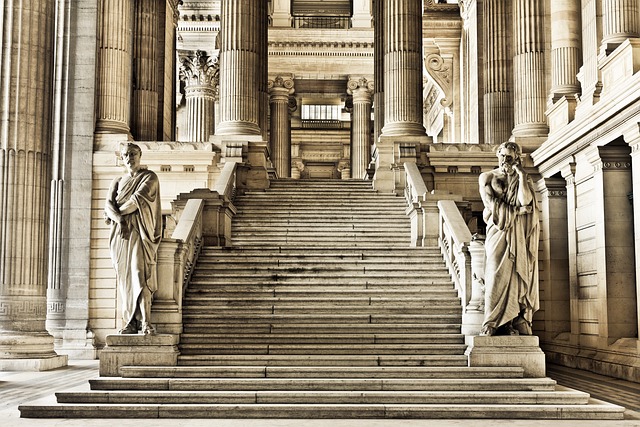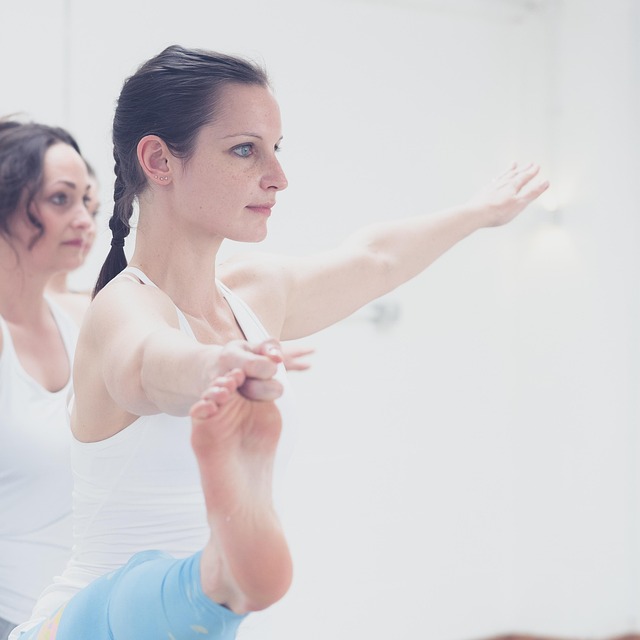In an age where images speak louder than words, photography has emerged as a powerful medium in the pursuit of justice. The ability to capture raw emotions and heart-wrenching moments in a single frame allows photographers to tell stories that often go unheard. Each photograph holds the potential to unveil the stark realities of injustice, shedding light on societal issues and human rights violations that demand attention.
When a camera clicks, it freezes a moment in time—be it a protestor standing tall against oppression or a victim’s pain that echoes through the lens. These images stir emotions, prompting viewers to reflect on the implications of what they see. The optics of photography not only showcase the beauty of human resilience but also highlight the depths of despair that many face across the globe. Every photograph can be a weapon against ignorance, aiming to educate those who might otherwise remain oblivious to the injustices occurring around them.
Throughout history, renowned photographers have dedicated their craft to bringing justice to the forefront. Their cameras have wielded the power to change narratives, influence public opinion, and ignite movements. For instance, was it not the gripping images of the Civil Rights Movement that catalyzed societal change? Each photo chronicled the struggles for equality, and with every exposure, more people began to understand the fight for justice. The lens has an uncanny ability to transcend language and culture, creating a universal dialogue around issues that, while often uncomfortable, must be addressed.
In the contemporary landscape, the democratization of photography through smartphones allows more individuals to document injustices and hold those in power accountable. Every citizen with a camera has the potential to contribute to the collective responsibility of advocating for justice. By capturing events as they unfold—be it police brutality or environmental devastation—ordinary people can amplify the voices of the marginalized. Those who may have been silenced have, at their fingertips, a tool that can broadcast their experiences wide and far.
Moreover, the emotional impact of photography plays a crucial role in shaping public perception. Images that portray injustice elicit strong reactions, pushing viewers from mere awareness toward action. A single photograph can galvanize communities, urging them to rally for change. Such was the case with the haunting image of the drowned Syrian boy, Alan Kurdi—forever embedded in our memories. The power of that photograph didn’t just tell a story; it ignited a global debate on refugee crises, challenging perceptions and prompting action worldwide.
As photographers continue to push the boundaries of their craft, we must recognize the responsibility that comes with the power of the lens. It is essential to approach this work with sensitivity and respect for the subjects being photographed, understanding that their narratives are often built on pain and hardship. Photography, when done ethically, has the potential to serve as a medium of justice—amplifying voices, exposing truths, and ultimately fostering a society that is more aware and more just.
In the hands of compassionate photographers, the camera serves as a conduit for change. Its capacity to document and expose injustices transforms it from a mere apparatus into a powerful ally in the ongoing fight for justice. In a world where images bombard us from every angle, we must strive to view them through a discerning lens, recognizing the stories behind them and the impact they can create within our collective consciousness.



